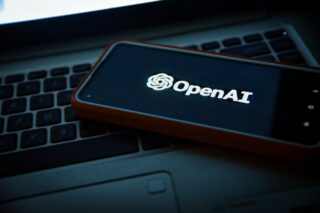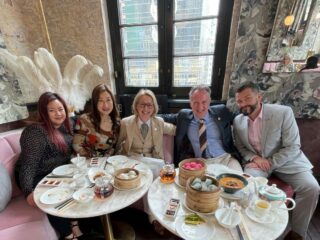Arabic language facts
The language of Allah and Muhammad is spoken by over 200 million people in 28 countries from Africa to the Middle East. Muslims in the world revere Arabic as the language of the Holy Qur’an. The Holy Qur’an has preserved Arabic in its purest form in the eyes of Muslims, describing itself as a “clear Arabic book”. Modern Standard Arabic (MSA) is the official language throughout the Arab world, and, in its written form, it is relatively consistent across national boundaries.
MSA is used in official documents, in educational settings, and for communication between Arabs of different nationalities. However, the spoken forms of Arabic vary widely, and each Arab country has its own dialect. Dialects are spoken in most informal settings, such as at home, with friends, or while shopping. Of all spoken dialects, Egyptian Arabic is the most widely understood, due primarily to Egypt’s role as the major producer of movies and TV programmes in the Arab world.
Being one of the quirkiest in the world, the actual script reads from right to left with an alphabet containing 28 consonants. There are various types of Arabic script, some more intricate than others. The best known are “Kufic” and “Thuluth”. Arabic script has been used for decorative purposes all over the Muslim world in mosques, houses and other buildings. This is possible as the writing flows in a beautifully stylised fashion.
Today, words of Arabic origin can be found in some European languages such as Portuguese and Spanish, due to periods of Arab reign in those countries. English words of Arabic origin include “zero”, “algebra”, “alcohol”, “mosque”, “tariff”, “alcove”, “magazine”, “elixir”, “sultan” and “cotton”. Overall, Arabic translation services play an important role in todays world.
Roots of the Arabic language
Arabic is descended from a language known in the literature as Proto-Semitic. This relationship places Arabic firmly in the Afro-Asiatic group of world languages. Going further into the relationship between Arabic and the other Semitic languages, Modern Arabic is considered to be part of the Arabo-Canaanite sub-branch of the central group of the Western Semitic languages.
Modern Arabic Disglossia
Modern Arabic is an uncommon language because it is characterised by what is called diglossia. This means that modern Arabic is really almost two languages: Modern Standard Arabic and colloquial Arabic. Modern Standard Arabic is used in reading, writing, and high register speech. It is descended from the Classical language of the Qur’an and, in the view of almost all Arabs, is the “pure” Arabic.
However, Modern Standard Arabic is a learned language. It is no one’s mother tongue. In fact, all Arabs grow up learning the second or colloquial language.
Arab colloquial dialects are generally only spoken languages. Arabs use the colloquial language in all their daily interactions, but, when they encounter a language situation calling for greater formality, Modern Standard Arabic is the medium of choice.
Standard Arabic is more or less the same throughout the Arab world, while there are wide differences between the various colloquial dialects. In fact, some of the differences are so large that many dialects are mutually unintelligible.
Contact Us
Click here to get in touchCopyright Notice:
Third parties are allowed to use or reference information on this page for non-commercial use only if they acknowledge this website as the source by linking to it.
Read detailed Terms and Conditions on how to apply for commercial use.











